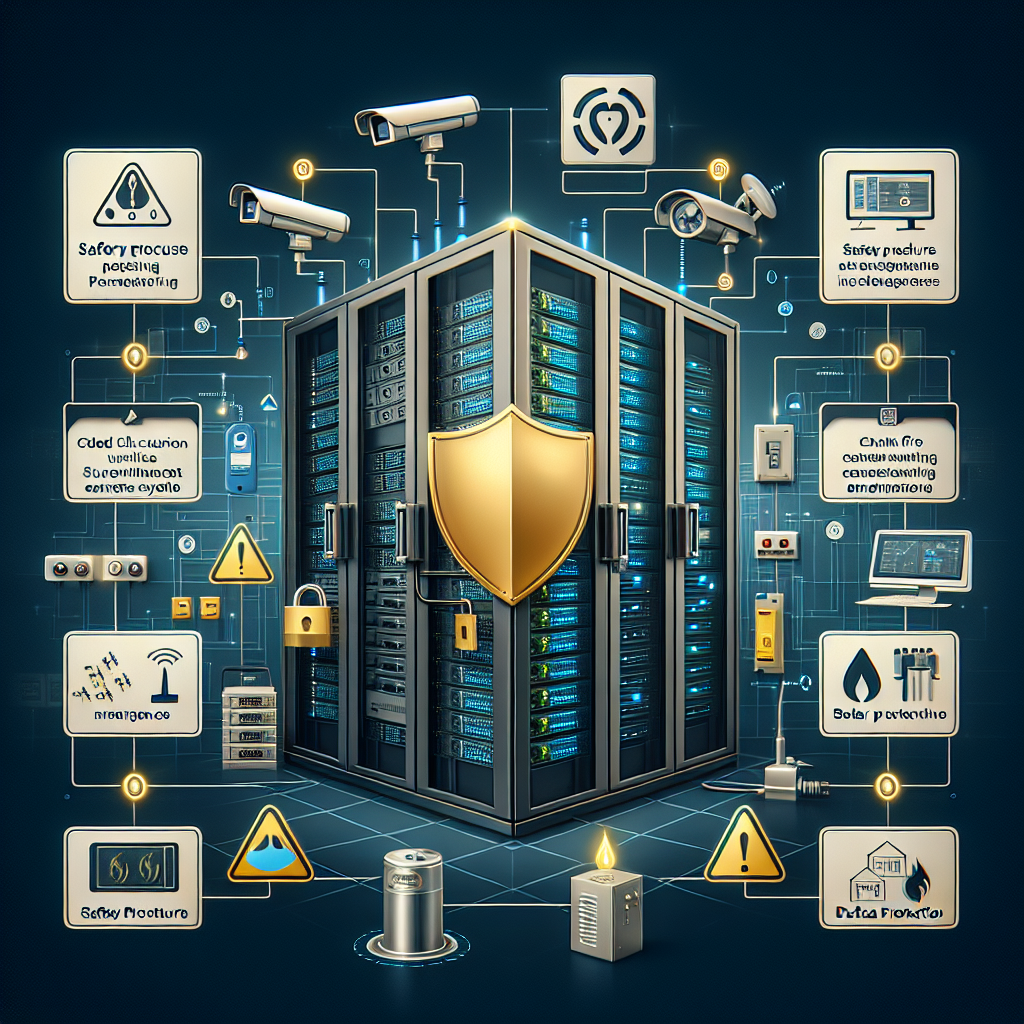Data center cabling infrastructure is a critical component of any organization’s IT infrastructure. Proper planning and implementation of data center cabling can help ensure that your network runs smoothly and efficiently. In this article, we will discuss the steps involved in planning and implementing data center cabling infrastructure.
Step 1: Assess your current infrastructure
The first step in planning your data center cabling infrastructure is to assess your current setup. Take a look at your existing cabling, switches, and servers to determine what needs to be upgraded or replaced. Make note of any bottlenecks or performance issues that need to be addressed.
Step 2: Determine your requirements
Next, you’ll need to determine your data center cabling requirements. Consider factors such as the number of servers, switches, and other devices that will need to be connected, as well as the type of cabling that will be required (e.g. copper or fiber optic).
Step 3: Create a cabling plan
Once you have assessed your current infrastructure and determined your requirements, it’s time to create a cabling plan. This plan should include details such as the layout of your data center, the location of switches and servers, and the paths that cables will take.
Step 4: Select the right cabling
Choosing the right cabling is crucial to the success of your data center cabling infrastructure. Consider factors such as the distance that cables will need to run, the speed and bandwidth requirements of your network, and the types of devices that will be connected.
Step 5: Install and test
Once you have selected the right cabling, it’s time to install and test your data center cabling infrastructure. Make sure that cables are installed neatly and securely, and that they are properly labeled for easy identification. After installation, be sure to test your cabling to ensure that it is functioning correctly and meeting your performance requirements.
Step 6: Maintain and manage
Finally, it’s important to maintain and manage your data center cabling infrastructure on an ongoing basis. Regularly inspect cables for wear and tear, reorganize cables as needed to prevent tangles and obstructions, and keep detailed records of your cabling setup for future reference.
In conclusion, planning and implementing data center cabling infrastructure is a critical task that requires careful consideration and attention to detail. By following the steps outlined in this article, you can ensure that your data center cabling is efficient, reliable, and able to meet the demands of your organization’s IT infrastructure.










